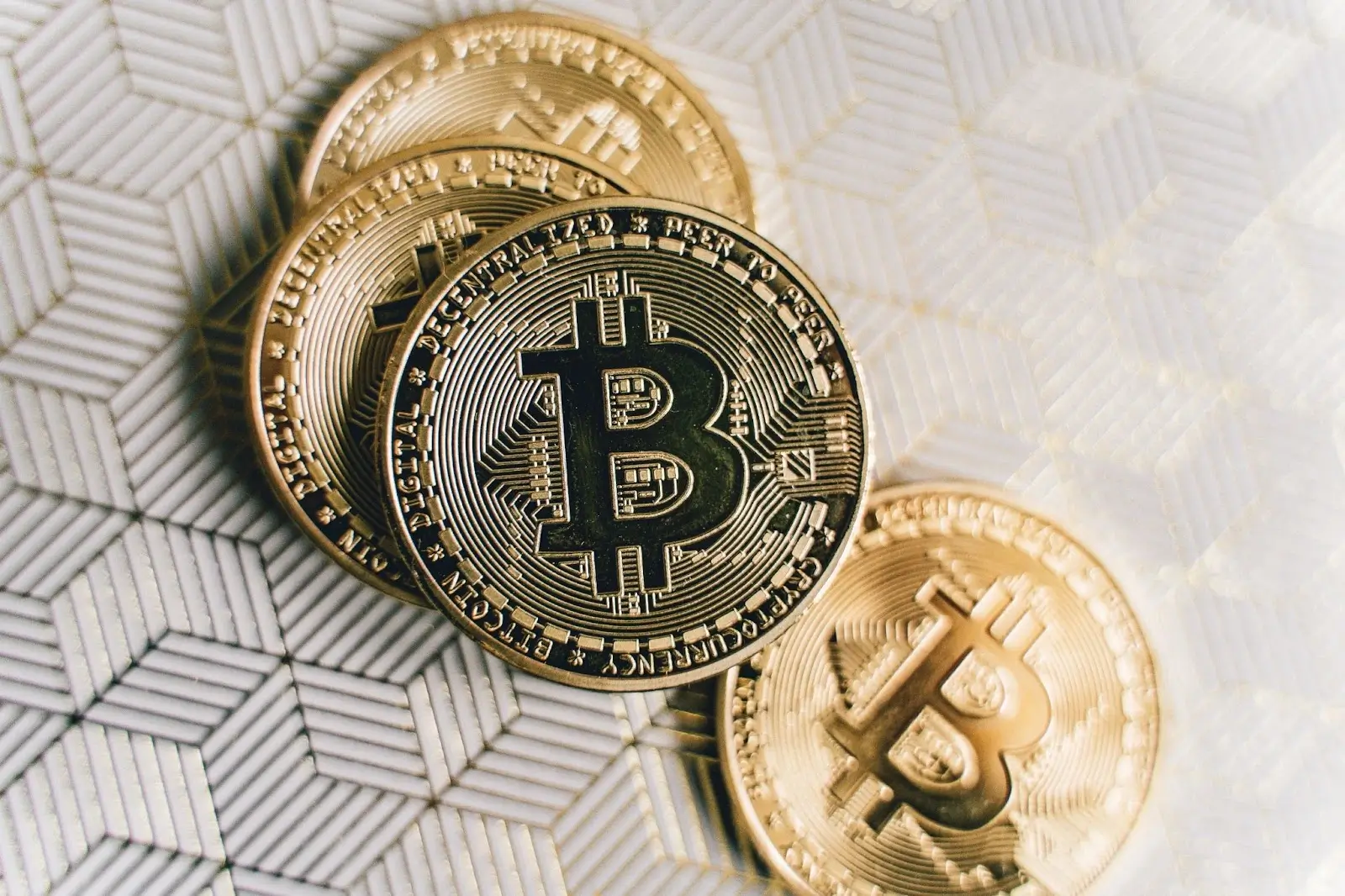JPMorgan’s Latest Bitcoin Analysis Reveals Surprising Insights for 2025
05.02.2025 21:00 1 min. read Kosta Gushterov
Bitcoin experienced significant fluctuations in January, setting a new record by surpassing $108,000 but later dipping to around $89,000, a level last seen in November 2024.
While the price movement raised questions, the network’s hash rate, a key indicator of mining competition and difficulty, showed a subtle increase.
Despite the mixed price performance, the Bitcoin network’s hash rate grew modestly. Analysts from JPMorgan noted that January saw a small uptick in the hash rate, with an increase of 1% bringing it to 785 exahashes per second (EH/s). At the same time, mining difficulty saw a slight reduction, falling by 2% for the month.
However, the drop in mining difficulty was seen as unusual, as it rarely occurs. Still, analysts pointed out that the current difficulty is 25% higher than it was before the halving event in April 2024.
In terms of mining profitability, there was a slight improvement. Miners saw a small increase in earnings, with an average daily block reward of $57,200 per EH/s, a less than 1% gain compared to the previous month.
-
1
Strategy’s Michael Saylor Says Bitcoin’s Volatility Era Is Over
13.06.2025 8:00 1 min. read -
2
Quantum Computing Won’t Kill Bitcoin, Says Michael Saylor
10.06.2025 12:00 1 min. read -
3
Bitcoin Struggles as Selling Pressure Mounts Amid Geopolitical Turmoil
13.06.2025 15:00 2 min. read -
4
Bitcoin on the Edge: Why One Veteran Trader Sees a 75% Plunge
11.06.2025 13:00 1 min. read -
5
Why Michael Saylor Bet on Bitcoin During the COVID Cash Crisis
12.06.2025 19:00 2 min. read
Strategy Boosts Bitcoin Holdings to 597,325 BTC with Latest Purchase
Bitcoin giant Strategy has added another 4,980 BTC to its reserves in a purchase worth approximately $531.9 million, according to Executive Chairman Michael Saylor.
Veteran Trader Peter Brandt Shares Simple Wealth Strategy with Bitcoin at Its Core
According to renowned market veteran Peter Brandt, trading isn’t the path to prosperity for the vast majority of people.
Why Bitcoin Is Stuck Despite Wall Street Demand
Charles Edwards, founder and CEO of Capriole Investments, has offered a fresh perspective on Bitcoin’s stalled price movement near the $100,000 mark, despite growing institutional enthusiasm.
Metaplanet Now Holds 13,350 BTC Worth $1.4 Billion
Metaplanet has expanded its Bitcoin treasury with a new acquisition of 1,005 BTC valued at approximately $108.1 million, further cementing its status as one of the largest corporate holders of the digital asset.
-
1
Strategy’s Michael Saylor Says Bitcoin’s Volatility Era Is Over
13.06.2025 8:00 1 min. read -
2
Quantum Computing Won’t Kill Bitcoin, Says Michael Saylor
10.06.2025 12:00 1 min. read -
3
Bitcoin Struggles as Selling Pressure Mounts Amid Geopolitical Turmoil
13.06.2025 15:00 2 min. read -
4
Bitcoin on the Edge: Why One Veteran Trader Sees a 75% Plunge
11.06.2025 13:00 1 min. read -
5
Why Michael Saylor Bet on Bitcoin During the COVID Cash Crisis
12.06.2025 19:00 2 min. read


